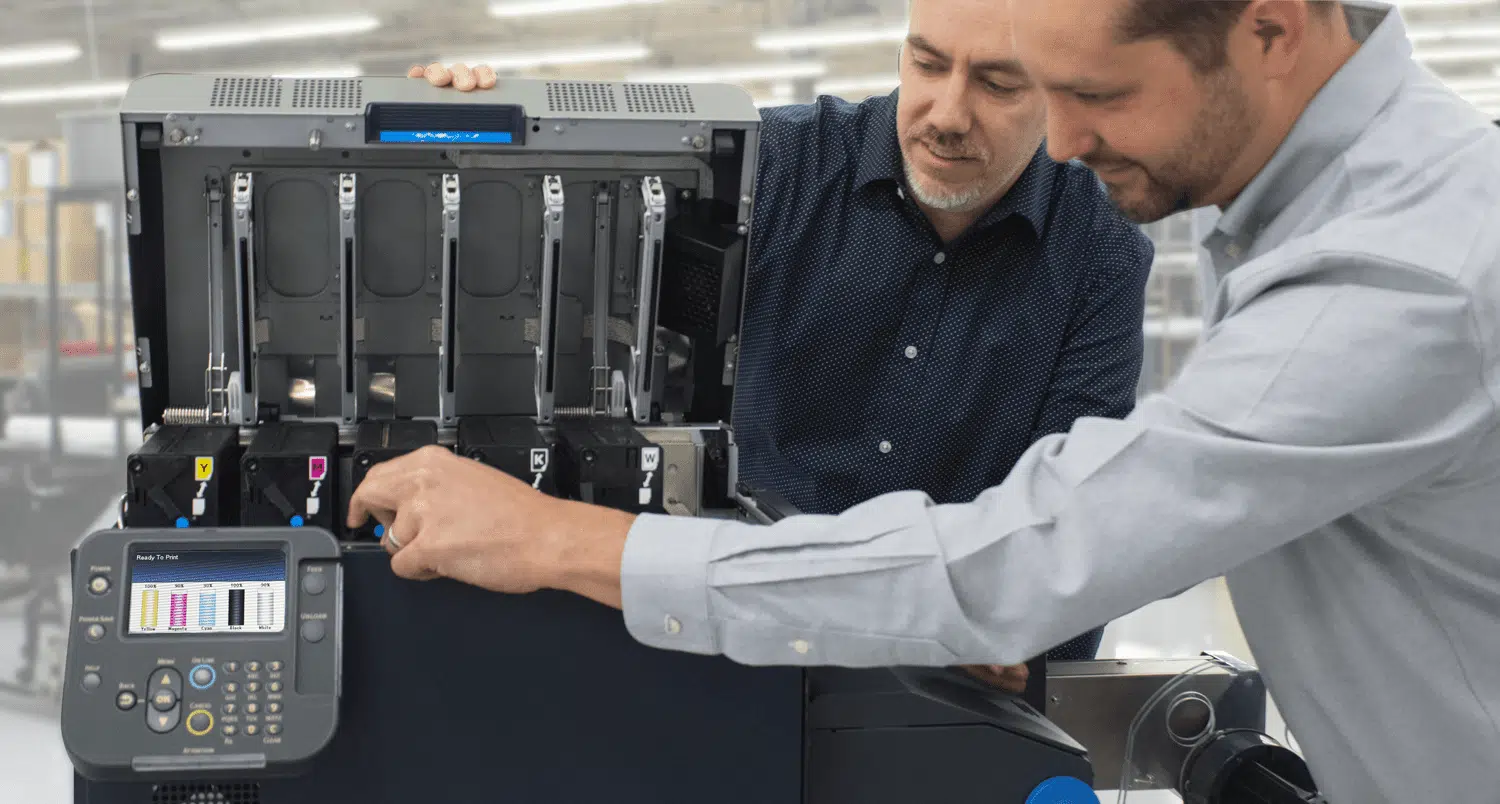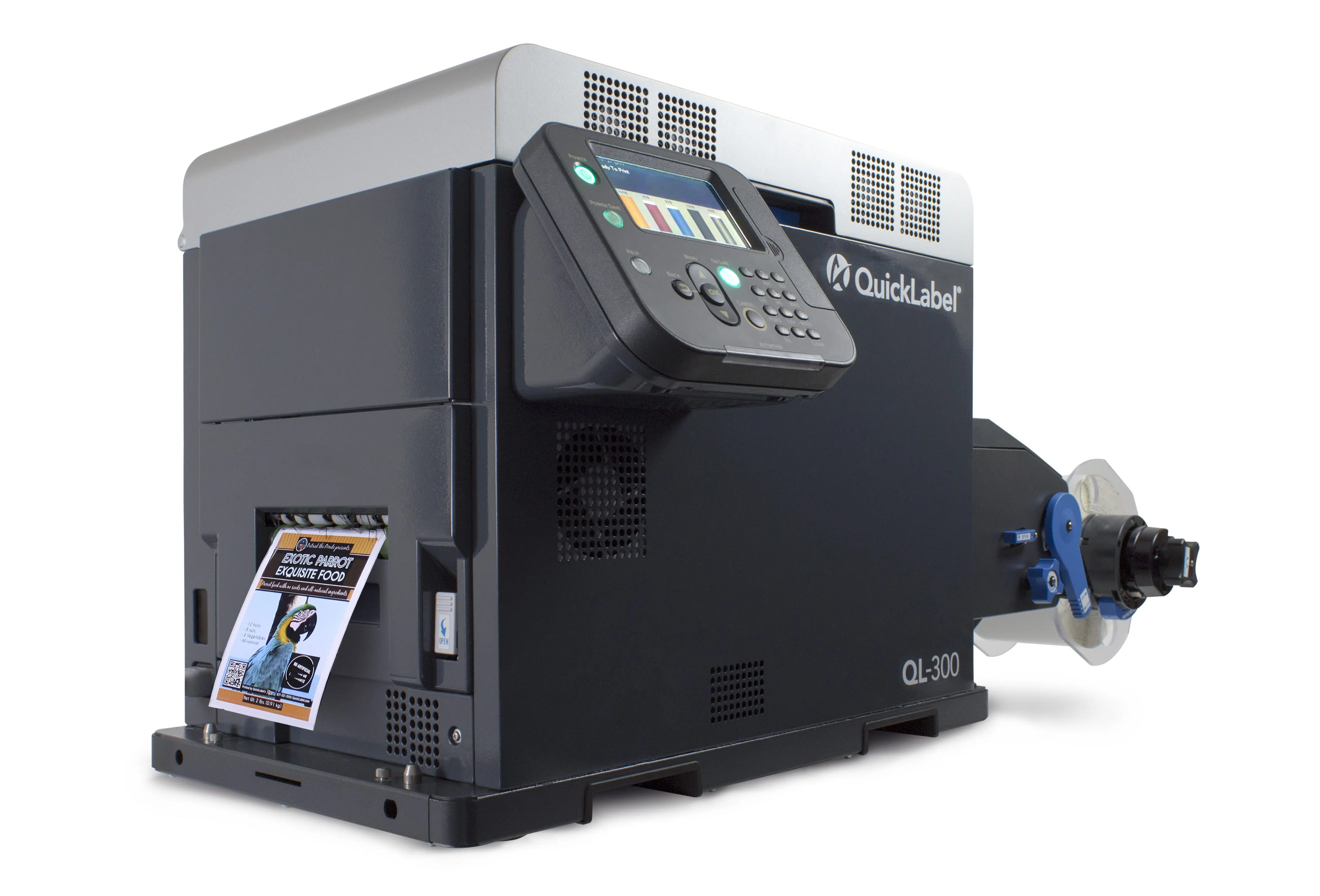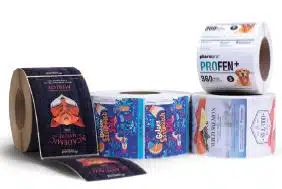
These 7 Tips Will Help you Evaluate Any Color Label Printing Solution
Whether you’re currently printing your own product labels, or you’re considering printing your labels in your facility, you want to ensure you’re making the right decision and best investment for your business. Many companies consider their first or additional systems for several reasons – keeping up with demand, looking to reduce total cost of ownership or cost per label, or improving operational efficiencies. But, currently, the biggest reason is that people want to control their labeling under their own roof.
While there is undoubtedly a breadth of benefits labeling in-house and on-demand provides, there are several factors to consider before making a decision. Considering label printing systems for your business is more complicated than evaluating a standard at-home desktop printer.
Here are some tips to make this process easier for you:
1. Observe as a full roll of labels is printed
Get an in-person demonstration
This is vital. It’s important not to rely on “canned” printed label samples or a video from the manufacturer. Witnessing the label’s print will expose any technical shortcomings in the printer. Ultimately, you’re the expert on your labels and how they should look. If print quality and color-matching are a priority, you’ll get the best demonstration of a printer’s capabilities by seeing your label artwork printed. So, before committing to a purchase, it’s advised to schedule a demonstration and request to watch while your labels are printed in real-time.
2. Ask to see your label format printed
You can evaluate your own labels better than a sample or pre-printed label
To ensure you see all the capabilities of the printer, provide digital label artwork to your printer salesman prior to the demonstration. It’s important to note that if your artwork was designed for a different output device, whether it’s your office inkjet or a commercial flexographic press, your salesperson may need to adjust the colors to match expectations.

3. Compare “how long it takes to print”, not just “print speed”
Time the print job while you watch
When evaluating “print speed,” it’s natural to assume that you are evaluating “how fast it takes to produce a print job.” However, there are many technical reasons why this is not the case. Factors such as pauses for maintenance procedures, processing time delays, and the time it takes to load a printer with blank labels and inks all have a significant impact on throughput. These are all factors your production department needs to measure when evaluating.
4. Compare “print quality”, not just “print resolution”
Be the judge
All label printers list a specification for “resolution”, but this does not necessarily imply “print quality”. “What resolution should I be looking for?” is a notoriously difficult question to answer, given there’s often some trade-off between print quality and print speed. In addition to the physical dot size produced by the label printer, the halftone printing algorithm, substrate material, and ink set each have a tremendous bearing on the appearance and color gamut of the printed label. So, when comparing 1200 dpi to 1600 dpi to 2400 dpi, your own perception of quality is much more accurate than the technical specification.
5. Ask how much it costs to print your roll of labels
Request a quote
Importantly, after the full role of your label designs is printed, ask your salesperson to calculate the cost of the printed label roll, including the costs of the ink and the label material. This will give you a realistic estimate of the finished cost per label, so ultimately, you can extrapolate how much you’d be paying each time you print your own labels.

6. Determine where you’ll purchase your labels
Select a substrate and a provider
If you have a special performance or print quality requirement, the odds are that you will want to “spec in” a particular label material that works well with your printer. So, determine who offers labels created from the material and whether the delivery timeframe and cost of the die-cut label is in line with your expectations. Be advised, a good label solution provider should be able to offer a variety of compatible materials in a range of different price points. AstroNova’s GetLabels division offers the widest variety of premium label materials for all of your labeling applications.
7. Ask who will maintain and repair your printer?
Who will service and fix any problems?
Regular on-site maintenance of a printing system is necessary to prevent breakdowns due to wear. So, don’t be afraid to ask who will be available to provide on-site maintenance service (or whether you are expected to do this yourself). Because a label printer is a critical part of the packaging process, it’s essential to find out whether on-site repair service and 24-hour telephone support are available. These things may come at an extra cost or may be included as part of the warranty — find out!
Questions? Let us know, we’re here to help!
Interested in how bringing label printing in-house can provide you with significant cost and time savings?
Contact us to schedule a free, web-based demonstration and to speak with one of our specialists!




